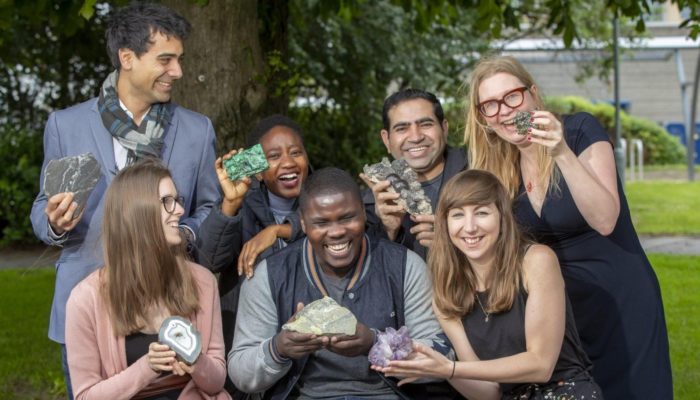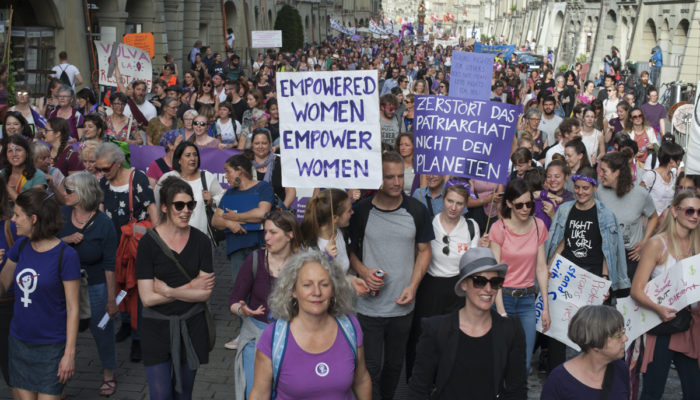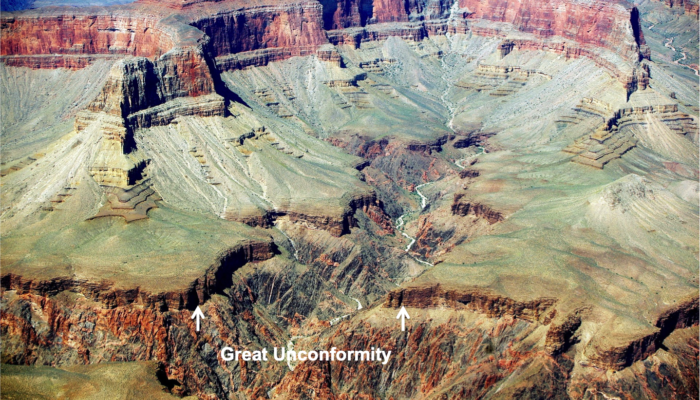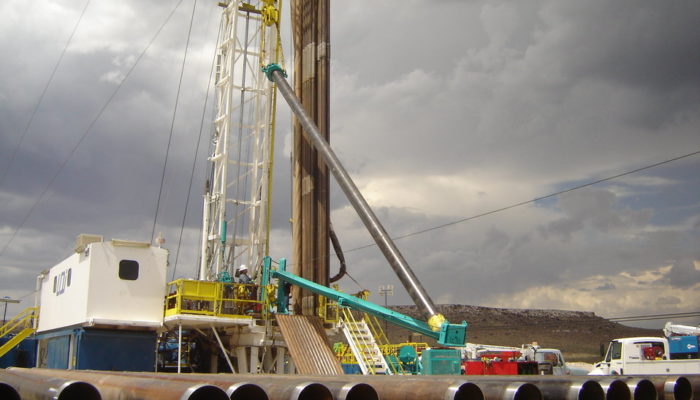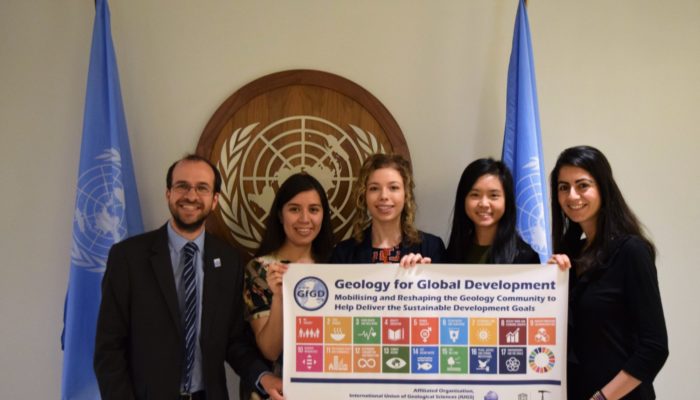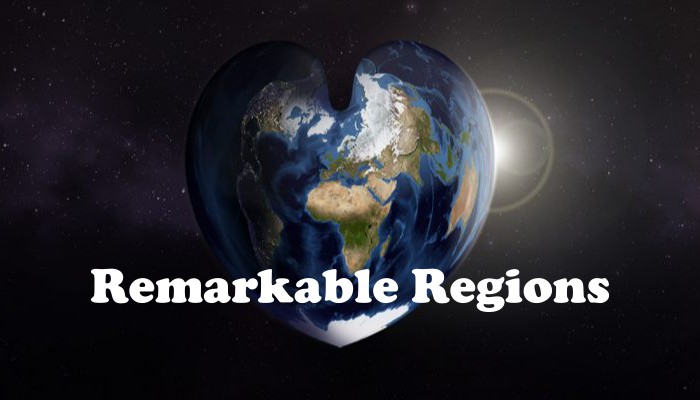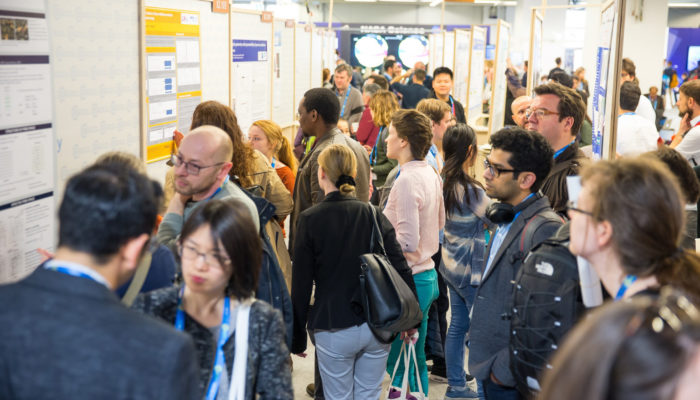Every week, The Sassy Scientist answers a question on geodynamics, related topics, academic life, the universe or anything in between with a healthy dose of sarcasm. Do you have a question for The Sassy Scientist? Submit your question here. Georgia asks: One of my friends recently left the PhD program with some severe emotional and motivational issues. I’m having doubts too. What shall I do? ...[Read More]
GeoLog
The ReSToRE summer school on the sustainable development of Earth resources: reflecting back
How can we source and use Earth resources in an ethical and responsible way? And how can we bring different actors and communities together to achieve sustainable resource development? These are just some of the questions that early career researchers from around the world came together to discuss during the inaugural Researching Social Theories, Resources, and the Environment International Summer ...[Read More]
Hydrological Sciences
Gender balance in the HS division- some personal thoughts
Gender balance in the HS division- some personal thoughts On 14 June 2019, there was the Swiss nationwide women strike day, with the main topic of equal pay for equal work (see e.g. here). A good opportunity to share some thoughts about gender balance in the HS division. If you have a look on the HS division composition today, you will see that we have a female president and a female deputy presid ...[Read More]
Geodynamics
What controlled the evolution of Plate Tectonics on Earth?
Plate tectonics is a key geological process on Earth, shaping its surface, and making it unique among the planets in the Solar System. Yet, how plate tectonics emerged and which factors controlled its evolution remain controversial. The recently published paper in Nature by Sobolev and Brown suggests new ideas to solve this problem…. What makes plate tectonics possible on contemporary Earth? It is ...[Read More]
GeoLog
Imaggeo on Mondays: The ephemeral salt crystals
Rock salt stalactites (Speleothems) are the indicators of entrance in a salt cave. These crystal stalactites precipitate from brine only at the entrance in the salt caves, as that is the only place where the physical and chemical properties of the air and the brine dripping from the ceiling allow these crystals to grow and be preserved. And they are extremely fragile – if there is just a sma ...[Read More]
Geology for Global Development
Why California is least prepared for earthquakes. Increasing pressure on geoengineering. Tackling the challenge of groundwater. Jesse Zondervan’s July 2019 #GfGDpicks #SciComm
Each month, Jesse Zondervan picks his favourite posts from geoscience and development blogs/news which cover the geology for global development interest. Here’s a round-up of Jesse’s selections for the last month: Earthquake preparedness in the US Last month has seen two strong earthquakes in California, and in an interview with CNN seismologist Dr Lucy Jones says California is not as well prepare ...[Read More]
Geodynamics
The Sassy Scientist – Far-field Access
Every week, The Sassy Scientist answers a question on geodynamics, related topics, academic life, the universe or anything in between with a healthy dose of sarcasm. Do you have a question for The Sassy Scientist? Submit your question here. Ali asks: What is the best place to study geodynamics? Dear Ali, In your request you stated that you just finished your PhD; you’re free to go wherever you wan ...[Read More]
Geology for Global Development
Event Report: UN Science, Technology and Innovation Forum 2019
In May 2019, we led an international delegation of early-career Earth scientists to the UN Forum on Science, Technology, and Innovation for the Sustainable Development Goals. Download our full event report here. The annual UN Forum on Science, Technology and Innovation (STI) aims to facilitate interactions, networks and partnerships to identify and examine needs and gaps in technologies, scientifi ...[Read More]
Geodynamics
Remarkable Regions – The Réunion Hotspot
This week we again turn our attention to a Remarkable Region that deserves a spot in the scientific limelight. Postdoctoral researcher Eva Bredow of Kiel University shares with us her long history with Réunion Island. At first glance, Réunion is a relatively small tropical island, located between Madagascar and Mauritius, and from my personal experience, most Germans have never even heard of it. T ...[Read More]
GeoLog
Help shape the conference programme: Inter- and Transdisciplinary Sessions at the 2020 General Assembly
Do you enjoy the EGU’s annual General Assembly but wish you could play a more active role in shaping the scientific programme? Now is your chance! But hurry, the session submission deadline is fast approaching. You’ve got until 5 September to propose changes. As well as the standard scientific sessions, subdivided by Programme Groups, EGU coordinates Inter- and Transdisciplinary Sessions (ITS) at ...[Read More]


